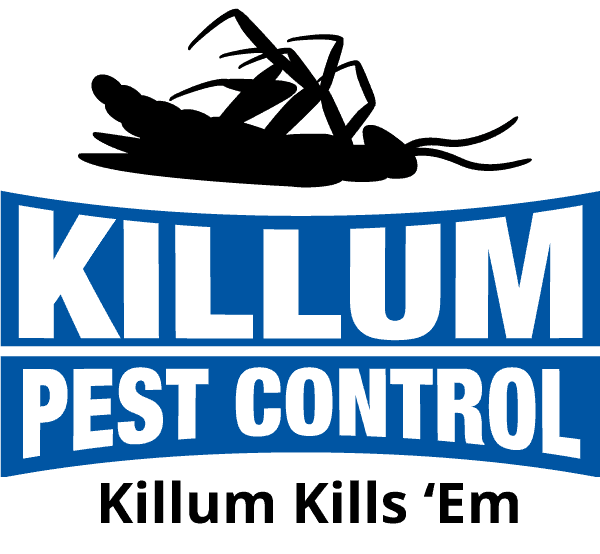Flea Information, Prevention & Treatment
Adults are small (1/8 inch), dark brown, wingless insects with a flattened body and hind legs modified for jumping. Larvae are whitish, legless and worm-like and grow to almost 1/4 inch. Eggs are white and round. Female fleas lay eggs after consuming host blood. Eggs fall to the ground in the near vicinity where hosts spend time and rest. Whitish larvae hatch from eggs in 2 to 3 weeks. Larvae develop over 9 to 15 days under optimum conditions, but depending on the temperature may take up to 200 days. Fully developed larvae spin cocoons of silk that becomes encrusted with soil particles and debris, making them hard to detect. The pupal stage lasts from 7 days to a year before adults emerge. Under optimum temperature and humidity conditions development can be completed in 30 to 75 days.
Preventive Measures
There are certain steps which property owners can take to minimize the opportunities for fleas to infest homes or buildings. Some of these are:
SanitationChange pet bedding regularly and vacuum thoroughly. Vacuuming removes up to 30 percent of the larvae and up to 60 percent of flea eggs from a carpet, as well as the larvae’s food supply of dried blood.
Vacuum under furniture, cushions, chairs, beds, and along walls. Discard vacuum cleaner bags at least once a week. Fleas can continue to develop inside vacuum cleaner bags and re-infest the house.
Treating Pets Your pet’s first line of defense against fleas is a flea comb and a good bath. Soap acts as a gentle insecticide and helps control light infestations on your pet. Though time consuming, combing helps reduce the need for insecticides. Flea combs have fine teeth that remove adult fleas from fur. Most dogs and cats seem to enjoy this treatment; pay special attention to the face and neck, and the area in front of the tail. Dip the comb frequently in soapy water or an alcohol solution to kill fleas removed from the pet.
Insect growth regulators, or IGRs, are a safe preventative treatment for fleas. These products work by disrupting the normal development of flea eggs and larvae. When exposed to IGRs, adult fleas are unable to reproduce; eggs fail to hatch and larvae die before they complete their development. Because most IGRs kill only eggs and larvae, they do not eliminate adult fleas quickly. For this reason, they are usually mixed with a mild insecticide.
Insect growth regulators are available as sprays, spot-ons, pills or food additives. One product designed for internal use is called Program® (active ingredient: lufenuron). Program® can be given as a pill (for dogs), food additive (for cats), or injection (for cats). A similar product, Sentinel®, contains lufenuron plus a heart-worm preventative. These products are available only through veterinarians. They are very effective, particularly for indoor pets.
Treatment
Flea control involves the safe application of EPA registered pesticides. Insecticides are currently available for inside and outside of structures. Flea control needs to be addressed in a team effort between the home owner and the pest control operator. It is important to mechanically control the fleas by strategically vacuuming the floor thoroughly before your house is treated. It is also a very good idea to have your pet treated by a veterinarian or groomer at the same time. The pets should not be allowed to enter the premises until the pesticide has completely dried.
To control the flea population the entire floor surface needs to be treated. In order to apply pesticide across the floor surface it is important to remove all non-furniture items from the area to be treated. Adjunct with the floor treatment it may be necessary to treat the furniture as well. The cracks and crevices can be harborage to eggs and larva. Our technicians are trained to make sure that we do not cause any harm to rugs, carpet, and/or furniture. We suggest treating the outside of the house at the same time as you treat the inside. Call our office for a more detailed explanation of our treatments.




